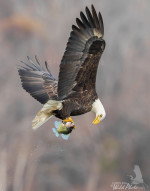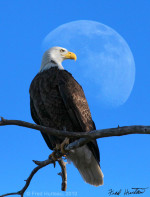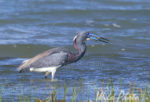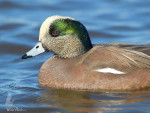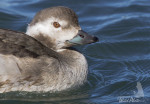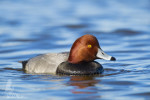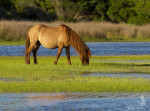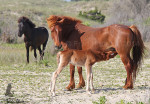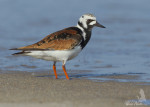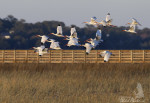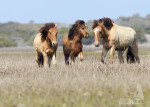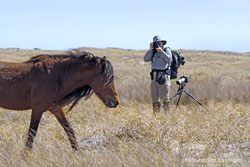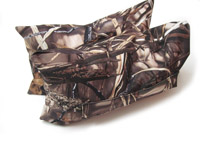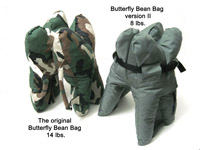Snow Geese at Pea Island NWR
by admin on Jan.22, 2015, under Locations, Rants, Raves & Ramblings
I don’t often have the opportunity to photograph Snow Geese. The past few years they’ve been rather elusive – even harder to find than Tundra Swans, another of my favorite subjects. But luckily I found a group of Snow Geese at an accessible site on Pea Island National Wildlife Refuge on the Outer Banks just a couple of days after my previous posting from the Choptank River in Cambridge, MD. Even more remarkable, the “Snows” kept flying in for about three hours while I was there shooting, giving me ample time to get many great flight shots – an opportunity I don’t often get.
The weather was about as perfect as I could have hoped for – sunny, with a very light wind coming from the right direction for good light and optimal landing direction. Everything seemed to fall right into place to make it a great photo op. Shooting handheld shots from inside the truck was a little restrictive, but in this situation I didn’t dare get out of the truck to shoot. That would surely have scattered the geese, who were quite happy with me staying right where I was shooting out the window.
Snow Geese are larger and fly slower than the ducks I like to photograph, which made taking these flight shots a bit easier than with ducks. Being bright white, they were easier to spot and follow than ducks too. I gained some valuable experience with this exercise. I used a 400mm f/5.6 lens which is lighter weight than the 500mm f/4 lens I normally use. The lighter lens is far easier to shoot handheld than the larger, heavier 500mm “monster”, which has much greater mass. The greater mass is harder to quickly start, stop and change direction with while following the bird’s flight path. In this respect the smaller lens is much easier to deal with.
Getting the right exposure setting for photographing white subjects in bright sun, such as these Snow Geese, can be tricky. The brilliant white can fool the camera sensor into metering incorrectly, and this must be compensated for manually. Otherwise the bright areas of the white subject can get “blown out” (overexposed), which washes out any feather detail, or depending on the situation, it can do exactly the opposite, causing the white to come out dull gray. In one case, instead of nice feathered birds you’ll get flat white blobs with no detail or shading. In the other instance you can get dingy gray birds instead of white. This is a frustrating dilemma for many photographers.
I used to use spot metering for all my bird photography. In this instance I used evaluative metering, and got great results with 2/3 to 1 stop underexposure compensation to maintain detail in the bright white areas. This certainly worked better for me than using spot metering as I did for a long time. Combining this with shooting in the RAW format, I have the latitude to make minor adjustments when processing my digital files.
This is actually the first time in three years I’ve been to Pea Island NWR. I used to photograph there quite a bit, but storms caused a lot of damage to that area and the birds weren’t coming in the numbers they used to. In addition, the National Park Service began charging $150/year for a permit to drive on the beach, where before there was no permit required. While that pricing is ridiculously out of line with any sane reasoning, that exorbitant price only actually gets you a half year access. For half the year the beaches are closed to vehicles anyway because of turtle and bird nesting concerns. So, effectively you’re paying $150 for 6 months access, which is doubly ridiculous.
I had simply quit going to the Outer Banks altogether, whereas I used to go for a week or more at a time, at least once or twice a year. This trip was the first time I’ve gone to Pea Island in three years, and it was only for a one day stay. I’m spending my money elsewhere nowadays, going other places for my photography. But that’s enough grousing for now. At least on this trip I managed some great shots.
-
Additional images – More images from this trip to Pea Island NWR can be viewed in Image Gallery p.2
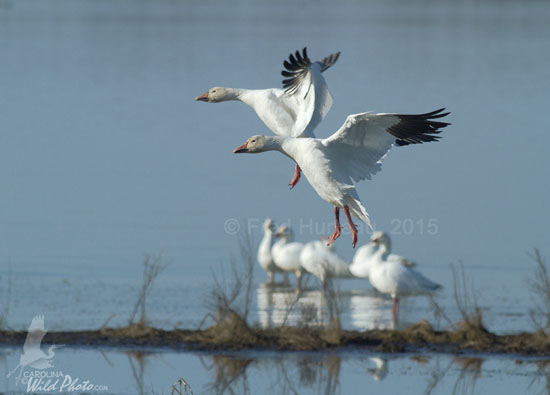
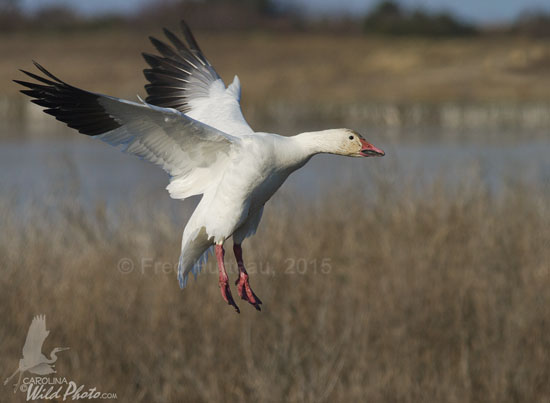
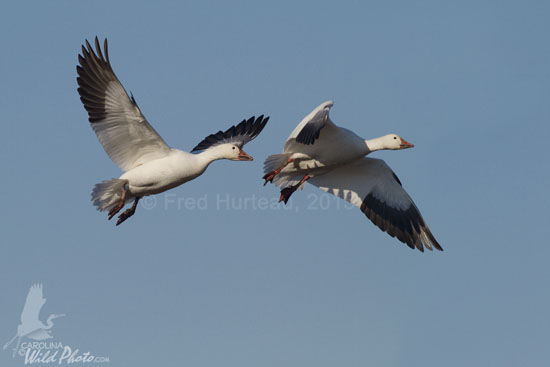
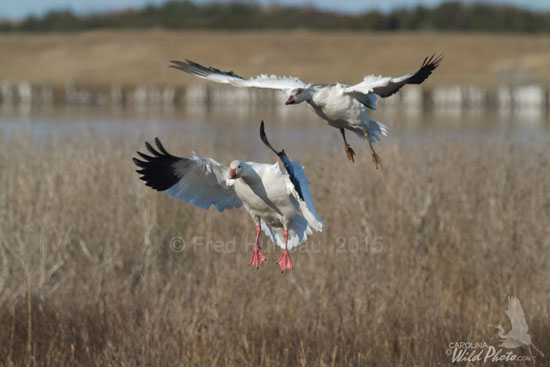
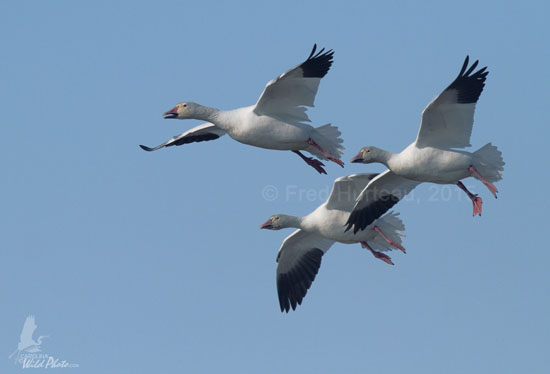
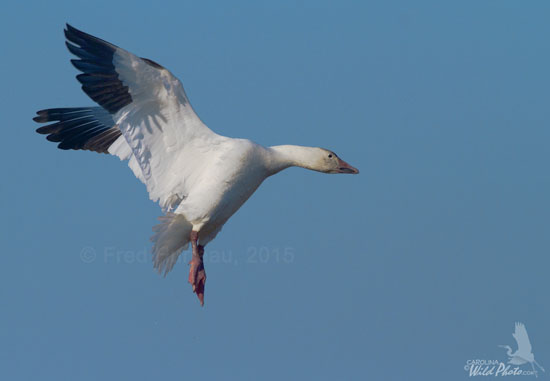
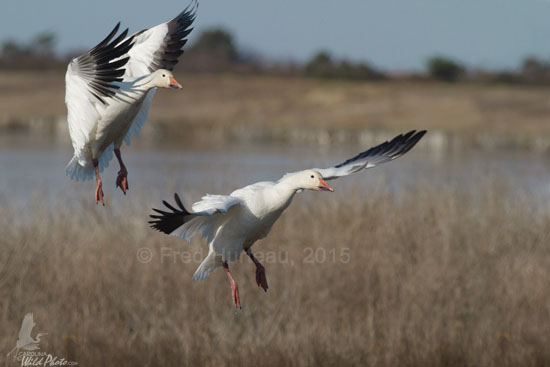
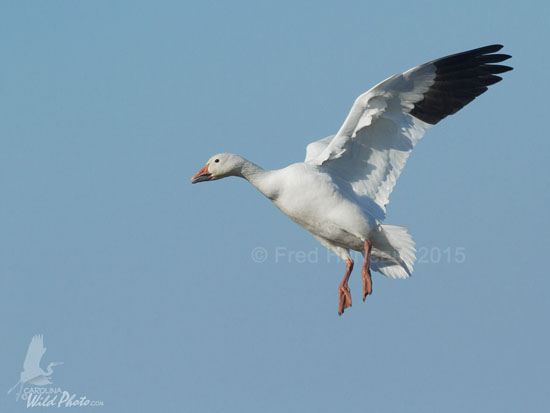
 This blog is an extension of the
This blog is an extension of the 